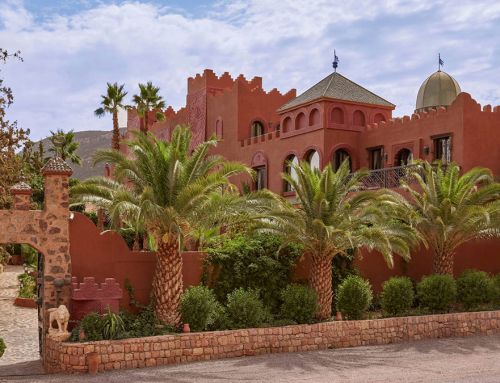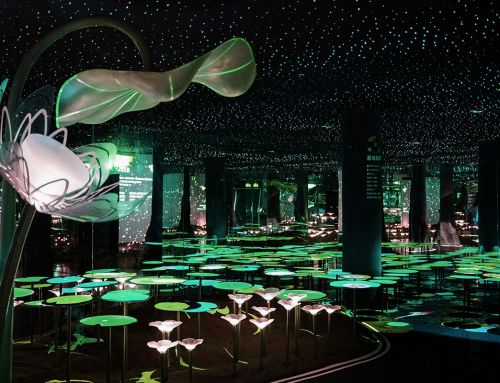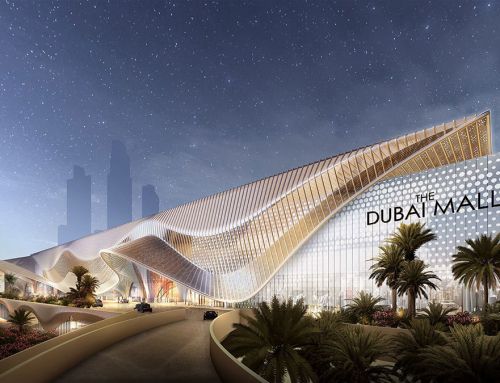We have selected for you, because of its interest, a proposal by the architecture and design firm Kalbod Design Studio, based in Tehran, Iran. This young studio, founded in 2016, has recently presented a residential architecture project that combines tradition and new technologies. It is a “prototype community” with which the studio’s founder, Mohamad Rahimizadeh, and his design team want to take “a step towards the future of housing”. The secret formula to achieve this, beyond pure design, or the mere form of the façades and interior design, which are decidedly commendable, includes 3D printing, local materials, innovation, prefabrication and modularity. The minimal unit of this community is the Zephyr House.
Indeed, the part of the tradition in housing is in the natural ventilation system it incorporates in the roofs, a device with centuries of practice in the region. It is an improved, more streamlined and efficient version of the famous “wind towers“. These are structures that rise above homes and buildings in hot, arid locations, such as Iran, to capture wind, redirect it into interiors and cool them.
In terms of materials, the architectural office proposes the use of desert sand, adobe and rammed earth on the construction site. At the same time, it relies on the prefabrication in wood and steel of certain supporting structures and parts of the interiors for subsequent assembly on site. One of the most interesting new features of the project is the use of a new material to replace concrete. This is called “finite“.
The sand used in construction, which comes mainly from quarries, rivers and sea beds, is a material that is as much in demand as its deposits are scarce. By contrast, desert sand, whose grains are too smooth and fine to clump together, is in demand as scarce as its reserves are plentiful. It is this desert sand that finite uses thanks to a “new binder” that helps to effectively bind its grains together and form structures with them. Although the development of finite is still under research and is only suitable for temporary constructions, it promises to be more environmentally friendly than concrete and more easily recyclable than concrete.
But let’s return to the architecture of Kalbod Design Studio’s “community prototype”, since we have not yet considered its modular character. Well, according to the architectural studio, “four houses are the base of the overall urban pattern“. These houses, with a variable design to “create diversity”, adjacent to each other, form an urban module. These modules “multiply and grow into 16 creating a neighbourhood” From there, children’s playgrounds, meeting places, bicycle lanes, walking paths and public transport access are incorporated. And its architects conclude, “the hierarchy is the key to the development and growth of the project from one unit, to a block and a neighbourhood”.
Finally, it should be noted that both the modular configuration and the method of prefabrication and 3D printing take the rationalisation, efficiency and speed of the construction process to the extreme. And the use of local materials reduces the dependence on concrete and, consequently, its environmental impact. All in all, as well as representing a sustainable way of living and an innovative project, the Zephyr House has a beautifully designed interior and façade. It is desirable to live in it, provided it is feasible.
Here is a VIDEO OF THE PROJECT for your curiosity.
Sources: Kalbod Studio, Urban Next.
Images: Kalbod Studio.
OTHER NEWS
Newsletter















